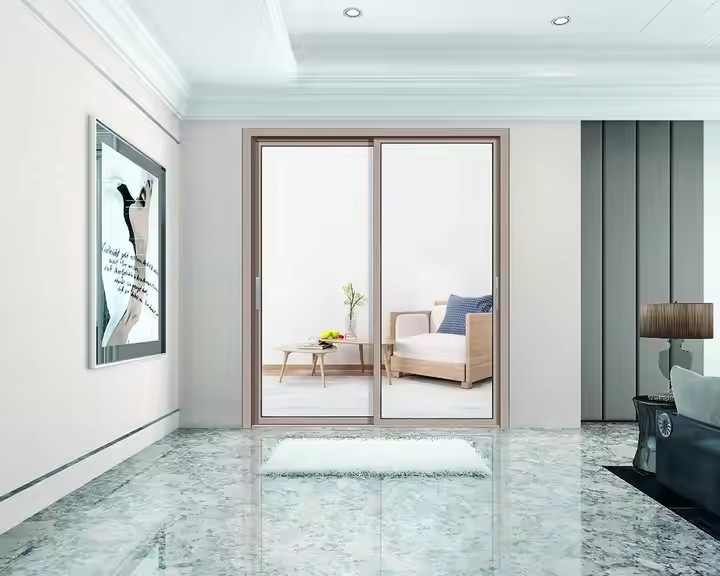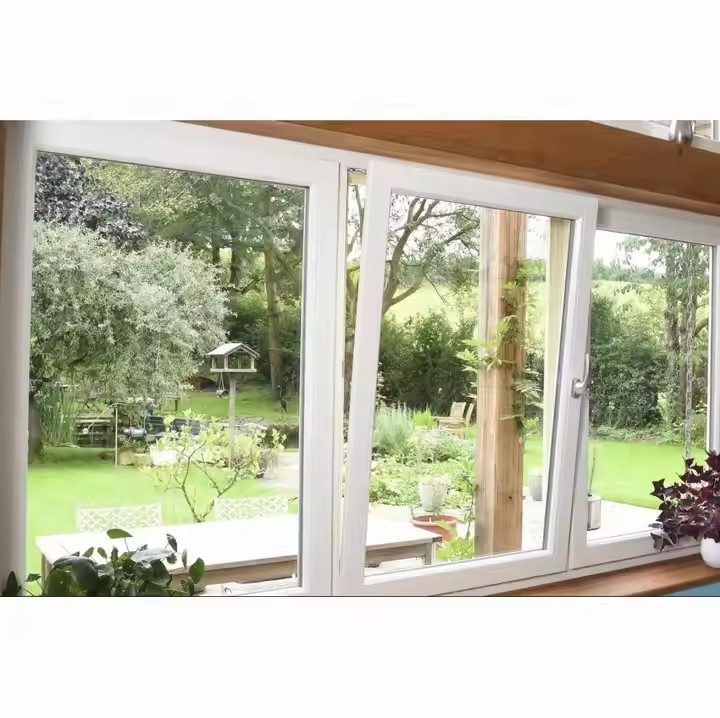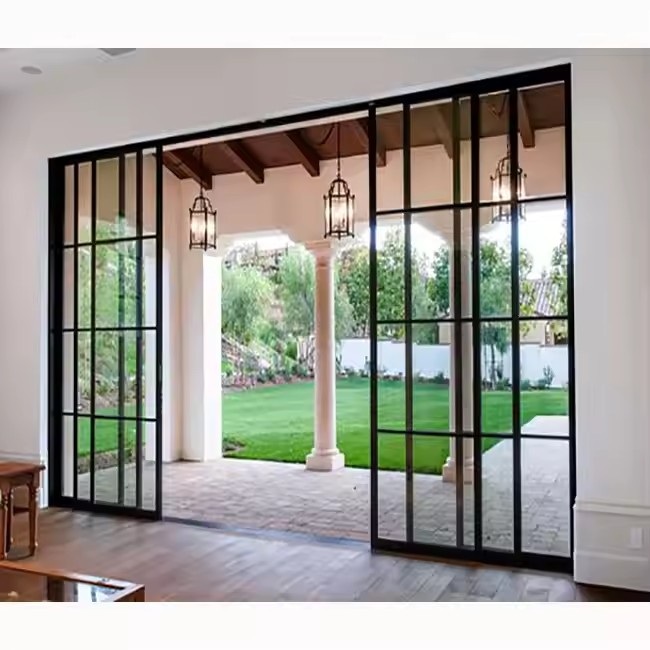- Define the Core Positioning: Anchor to Real Needs of Australian Users
Australia is vast, and different regions (e.g., Sydney’s humid climate, Melbourne’s temperate oceanic climate, Perth’s hot and dry climate) have distinct requirements for doors and windows. Local consumers also place strong emphasis on compliance, energy efficiency, durability, and design. Advertising must first pinpoint these pain points:
Functional Positioning: Highlight Key Selling Points that Meet Australian Standards
Energy efficiency: Stress compliance with the National Construction Code (NCC) and its NatHERS energy rating. For example: “Double Low-E glass + sealing strips, blocks 90% of UV rays in summer, reduces 30% heat loss in winter, saves $500+ electricity bills annually.”
Durability: Tailored to Australia’s strong UV rays, heavy rains, and cyclones (such as in Queensland). Promote features like “marine-grade aluminum alloy (corrosion resistant), wind load rating AS 4040.2, mosquito screen compliant with AS 2047.”
Safety & compliance: Emphasize “Locks meeting AS 5039 anti-burglary standard, glass certified to AS/NZS 2208 tempered glass”—especially attractive to homeowners building new houses or renovating older ones.

- Channel Strategy: Cover the Full “Decision Journey” of Australian Users
Australians usually make purchase decisions through a mix of online search + offline experience + word-of-mouth validation. Advertising should cover the entire funnel: awareness – interest – trust – conversion.
Online Channels: Precise Targeting + Information Seeding (Core Customer Acquisition)
Google Ads (SEM) + SEO: Capture high-intent keywords.
Example keywords: “Sydney energy-efficient windows,” “Melbourne villa custom doors and windows,” “Brisbane cyclone-rated windows,” “Australia window installation cost.” Use SEM to secure top results while optimizing SEO with content like “NCC compliance for Australian windows” or “How to choose windows for Australia’s climate.”
Landing pages: Directly linked to search intent. For instance, users searching “energy-efficient windows” should land on a page highlighting NatHERS 5-star rating, energy-saving data, and local case studies—avoiding irrelevant redirects.
Social Media Ads: Scenario-based + Localized Traffic
Facebook/Instagram: Focus on visuals + localization, ideal for reaching households (especially 35–55-year-old decision makers).
Content formats: Short videos (e.g., “Sydney old-home window replacement: 30% lower energy use”), image posts (e.g., “Melbourne villa custom case: design blending with garden view”), with geo-targeted offers like “Free on-site measurement in Sydney CBD and nearby suburbs.”
Engagement strategy: Launch a #MyIdealAustralianHome campaign to encourage users to share renovation stories. High-quality UGC can win free upgrades, amplifying word-of-mouth.
LinkedIn: Target builders, developers, and renovation firms (B2B customers). Content highlights bulk supply capacity, compliance certifications, and project case studies (e.g., “Supplied windows for 10+ large-scale Australian developments, compliant with NCC 2024 updates.”)
Local Lifestyle Platforms + Industry Sites
Join Gumtree (classifieds) and Houzz (home design platform popular in Australia) with listings featuring products + installation services, stressing local business, free quotes, after-sales support.
Place ads on Master Builders Australia, Home Renovation Australia, and other industry portals to directly reach homeowners with renovation needs + industry professionals.
Offline Channels: Build Trust + Drive Conversions (Australians Value “Seeing is Believing”)
Showrooms / Experience Stores: Create Scenario-based Experiences
Location: Prioritize Sydney, Melbourne, Brisbane in major home & building hubs (e.g., Sydney’s Homebush DFO, Melbourne’s Bunnings Warehouse), or high-end villa areas.
Experience design: Include a “climate simulation zone” (simulate strong UV to show insulation), “soundproof testing room” (compare ordinary vs. premium windows), and display material samples (aluminum, wood, uPVC) labeled by best-fit region (e.g., wood for Tasmania’s temperate climate, aluminum for WA’s dry climate).

Local Events + Partnerships: Deepen Community & Industry Penetration
Exhibit at DesignBuild Australia to engage B2B clients (builders, designers) with new products and project cases, offering bulk procurement quotes on-site.
Sponsor community events (e.g., Sydney suburbs’ Family Day, Home Renovation Workshops). Set up a booth offering free window inspections (e.g., “Check old window seals, evaluate energy upgrade potential”) and hand out branded giveaways (umbrellas, tape measures).
Partner with local renovation firms & designers: Launch a referral commission program (e.g., 5% commission for each converted lead), and provide them with product training guides to ensure accurate messaging.

